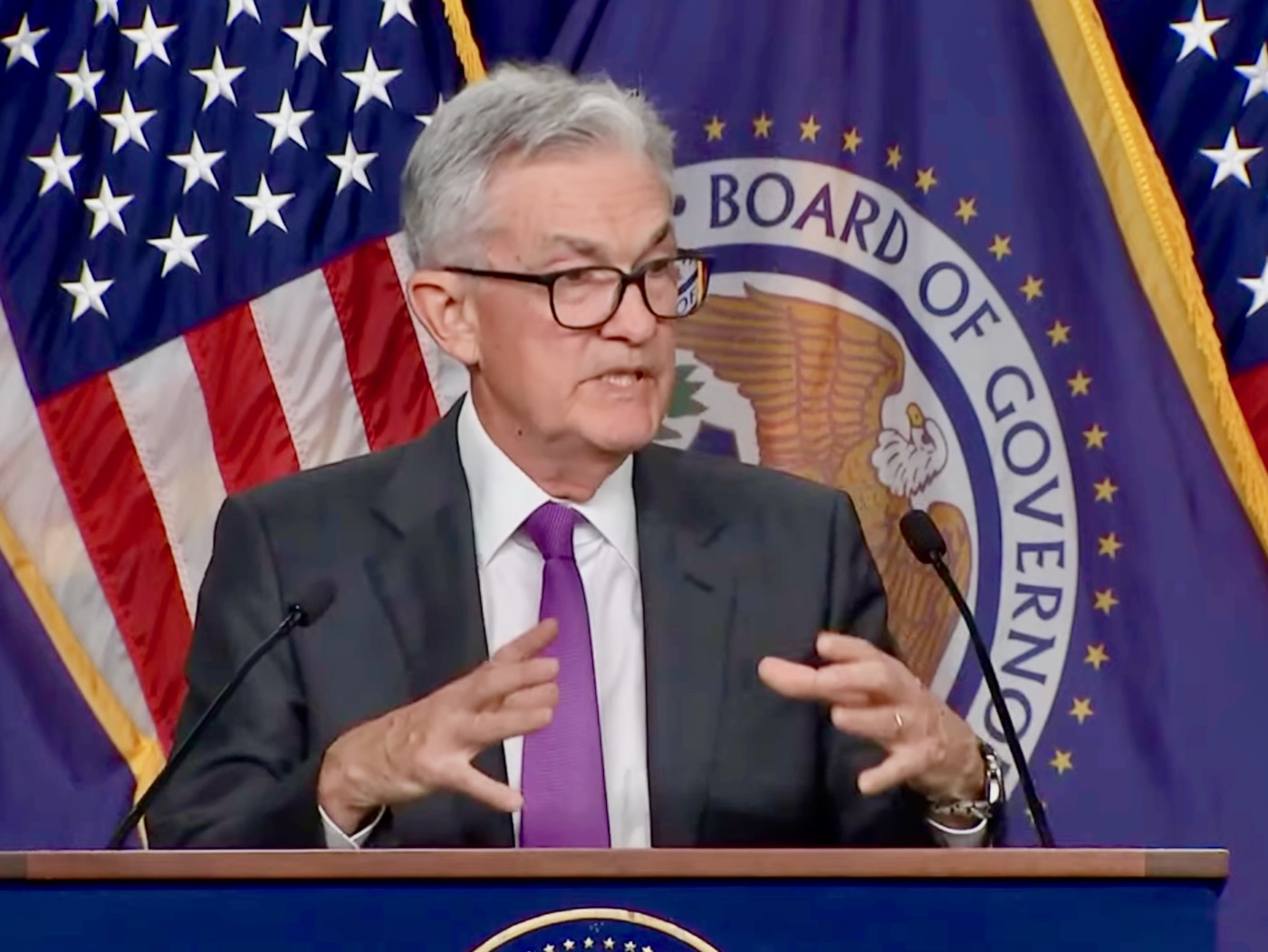Understanding Interest Rates and Their Impact on the Economy
Interest rates play a crucial role in the financial landscape, influencing borrowing costs, consumer spending, and overall economic growth. Recently, the Federal Reserve raised its key interest rate by a quarter point, marking the highest level in 22 years. Despite easing inflation, the Fed signaled the possibility of another rate hike in the coming months. This article delves into the significance of interest rates, their impact on the economy, and how consumers and businesses can navigate the changing financial landscape.
The Fed’s Recent Rate Hike
Amidst a solid economy, the Federal Reserve decided to raise its key interest rate by a quarter point, pushing the federal funds rate to a range of 5.25% to 5.5%. This move comes despite a recent pullback in inflation, as the central bank remains committed to its goal of lowering inflation to its target of 2%. The Fed stated that the extent of additional rate increases will depend on economic and financial developments, inflation trends, and other relevant factors.
Will the Fed Raise Interest Rates Again?
Analysts predict another rate increase in the near future. Financial experts at Barclays believe that another hike is likely to occur in either September or November. The Fed’s statement implies that it is more inclined to continue its tightening policy, leading to potential rate hikes in the coming months.
The Economic Landscape
The U.S. economy remains resilient, and the stock market continues to show strength. Despite higher borrowing costs and inflation, the economy grew a solid 1.8% in the second quarter. Employers added 209,000 jobs, and average wages increased by 4.4% annually. Although these numbers are slightly lower than previous figures, they indicate steady economic growth.
Consumer spending, a significant driver of the economy, remains robust despite higher costs. Retail sales, excluding volatile categories, increased sharply, reflecting consumers’ willingness to spend.
Financial conditions also favor the economy, with the S&P 500 stock index climbing steadily. This trend boosts consumer sentiment and encourages spending.
Impact on Borrowing Costs
Interest rate hikes have a direct impact on borrowing costs for consumers and businesses. For credit card holders, higher rates lead to increased interest charges on outstanding balances. The average interest rate for new credit cards has risen substantially, reaching 24.2% from 14.6% in February 2022. As a result, the average American’s credit card balance experiences a $55 monthly uptick in interest charges.
For businesses, borrowing becomes more expensive, affecting investment decisions and potentially leading to reduced spending and layoffs. Higher rates can dampen consumer spending, impacting corporate profits and causing businesses to exercise caution.
Fed Rate Hike History
The Federal Reserve’s rate hike campaign has had a mixed impact on inflation. While some experts argue that progress in controlling inflation is not solely attributable to rate hikes, others believe that the central bank has played a supportive role by influencing consumer inflation expectations and curbing a heated job market.
The 2023 Fed Meeting Schedule
The Federal Reserve’s meeting schedule for 2023 includes meetings in July, September, October/November, and December. These meetings are significant as they may determine the path of interest rates and the central bank’s monetary policy.
Impact on the Stock Market
The stock market has experienced surges in response to the belief that inflation is stabilizing, leading to the possibility that the recent rate hike will be the last for the year. A strong labor market and positive economic indicators have contributed to the stock market’s rally. However, some analysts remain cautious, as higher interest rates can negatively affect borrowing, business investment, consumer spending, and corporate profits.
Conclusion
Interest rates are a critical aspect of the financial landscape, influencing borrowing costs, consumer behavior, and overall economic growth. The Federal Reserve‘s recent rate hike, despite easing inflation, indicates the possibility of further tightening in the future. As borrowers and investors navigate the changing financial environment, understanding the impact of interest rates on personal finances and the broader economy is crucial. By staying informed and making strategic financial decisions, individuals and businesses can adapt to evolving market conditions and achieve their financial goals.

